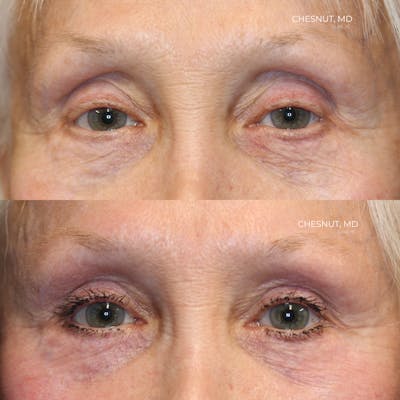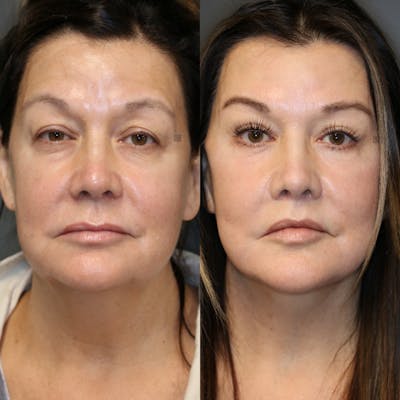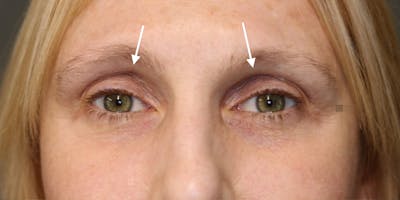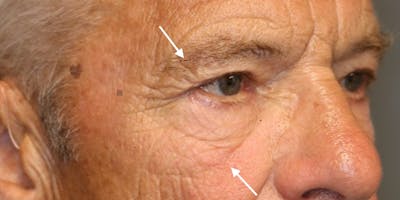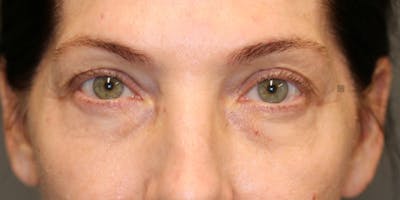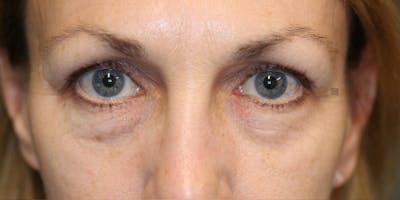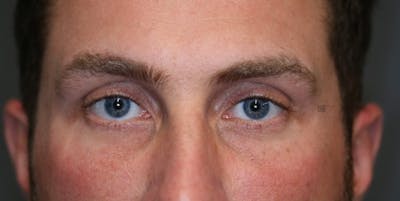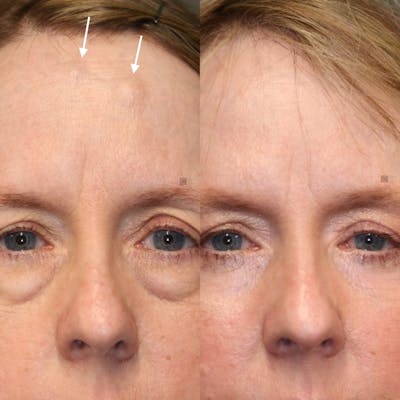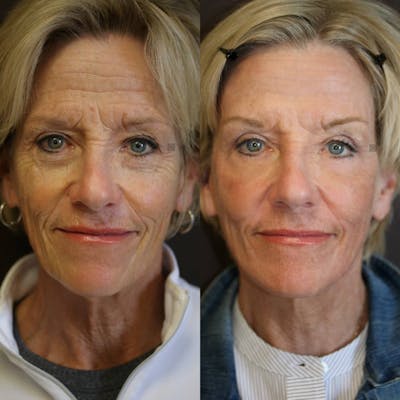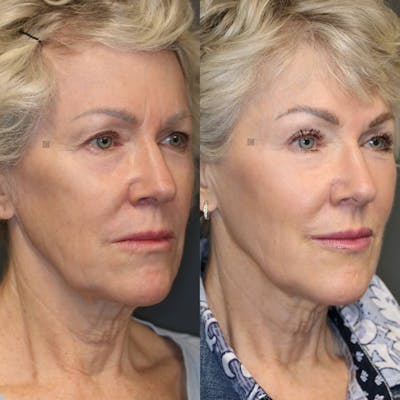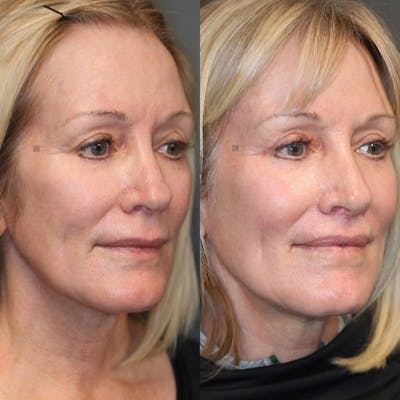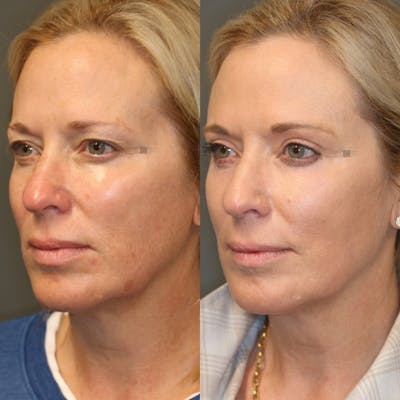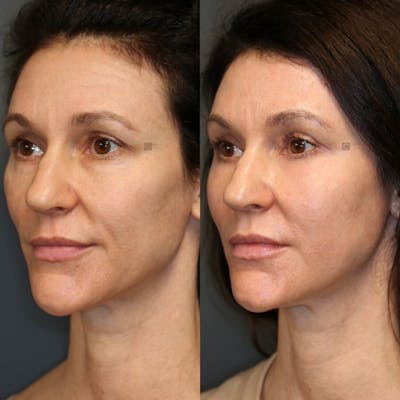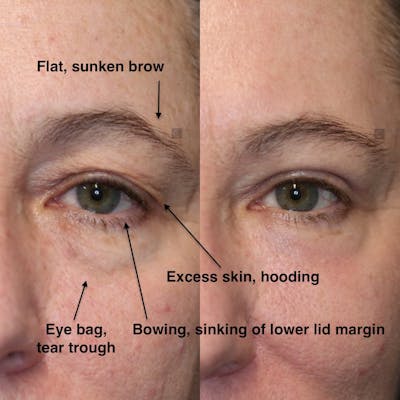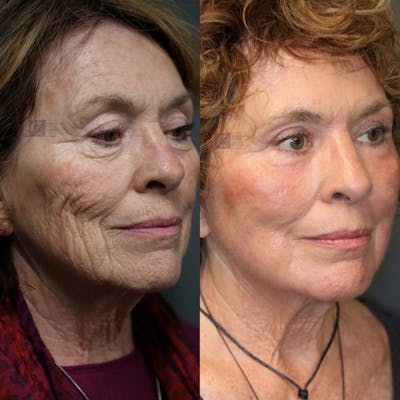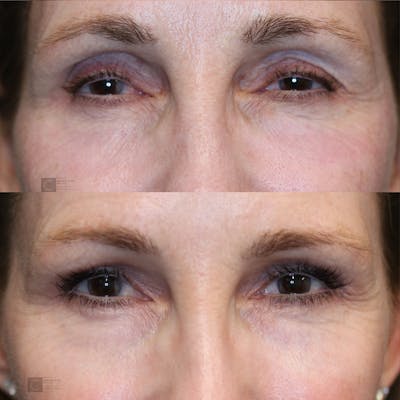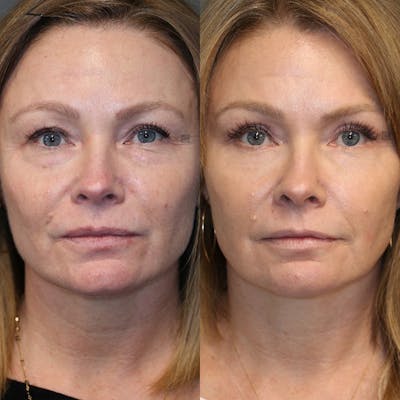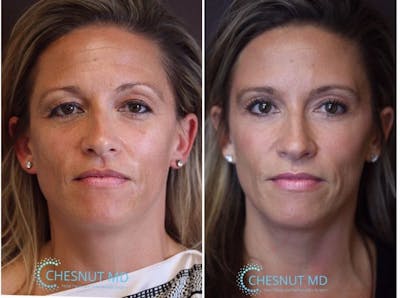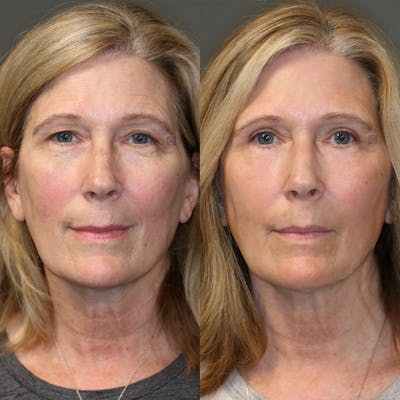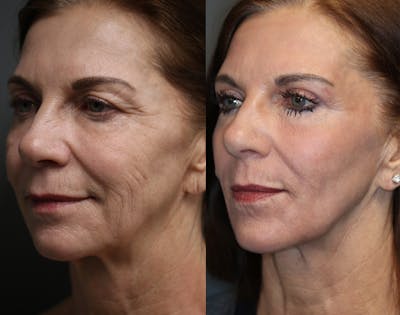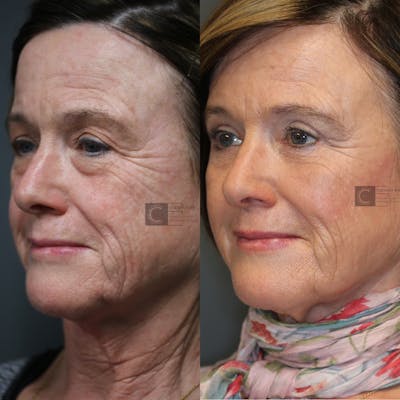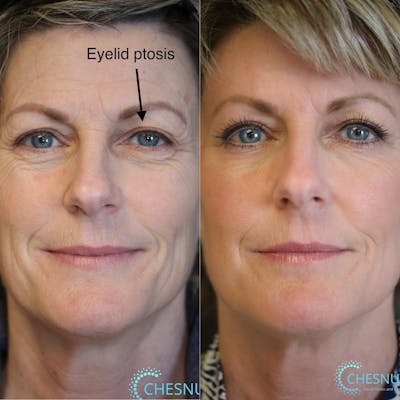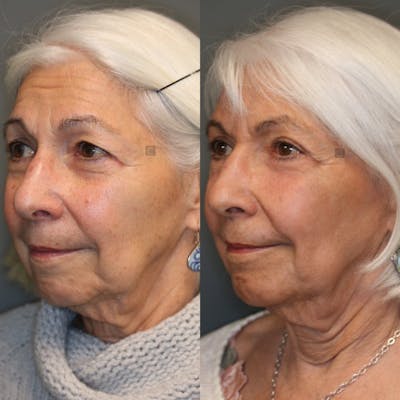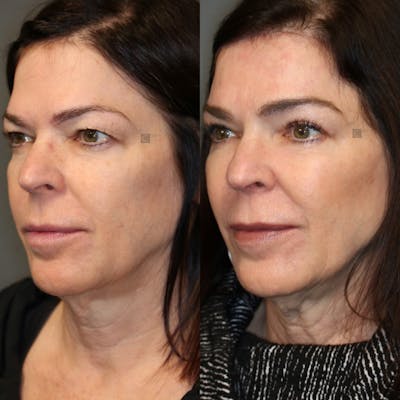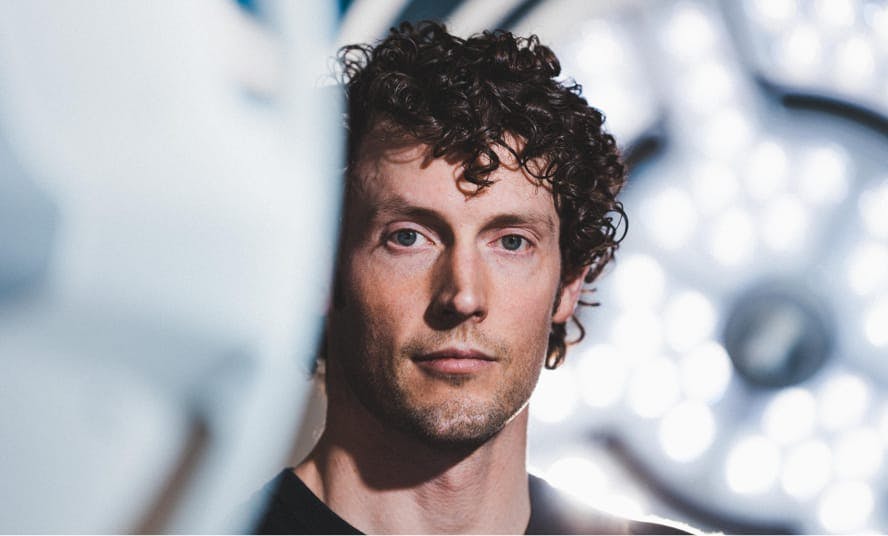
- EnigmaLift - Upper Eyelid Surgery
The eyes have it series, post 97: #EnigmaLift stem cell rich fat transfer. Upper eyelid hollowness is something I frequently lecture about nationally and internationally. My classification system includes multiple types to help my colleagues delineate causes and best treatment options. A frame (Type 1) or C frame (Type 2) deformity can have multiple causes, the most common being normal aging changes with bony resorption and soft tissue resorption of fat pads. When this is the case, you often see similar changes in the lower lids concurrently, as we see here, Type 2.
Another common cause is post blepharoplasty syndrome (Type 3), where I see patients that had an old school, very subtractive upper eyelid surgery that skeletonized their fat pads, skin and muscle in the upper lid, leaving the lid and sun-brow region aged and hollow. This is all too common, and I still see it very frequently today.
An often unrecognized and under appreciated cause is upper eyelid ptosis (Type 4). When the lash line starts to drop, we reflexively try to drive the upper lid up, often with an important clue of the ipsilateral brow driving up as well. That reflex usually fails, yet manages to pull the contents of the upper lid into the orbit, creating hollowness. #WelcomeToTheNextLevel #EyesByChesnut






